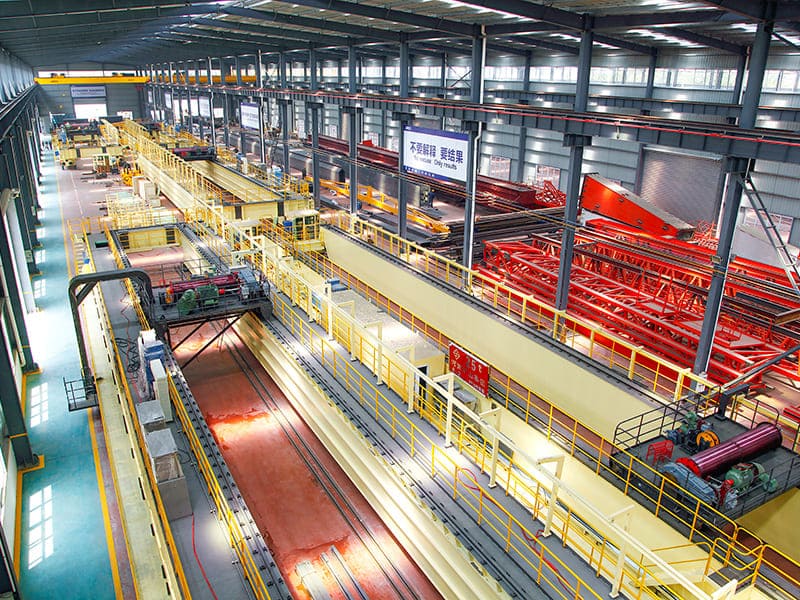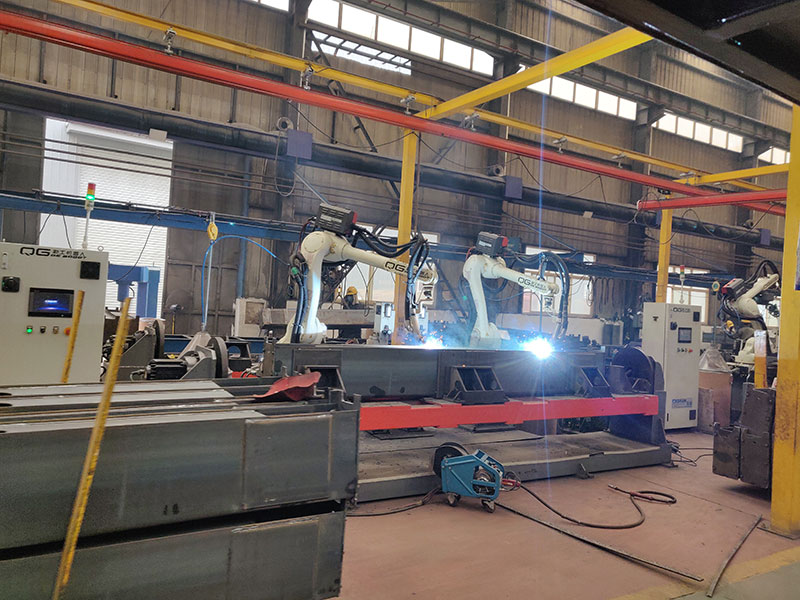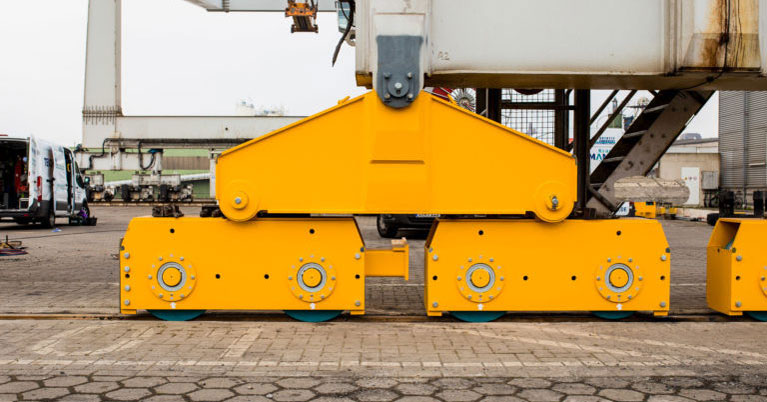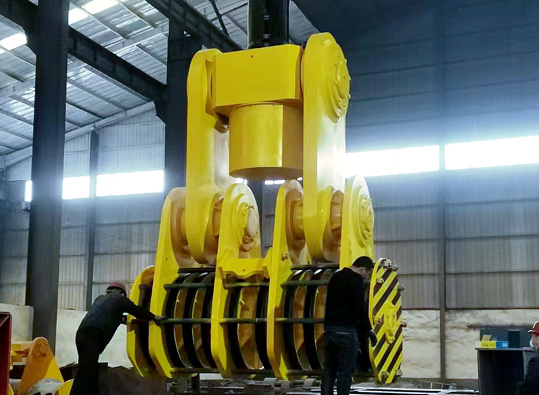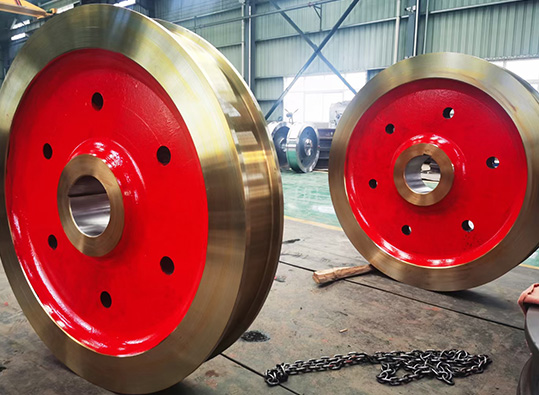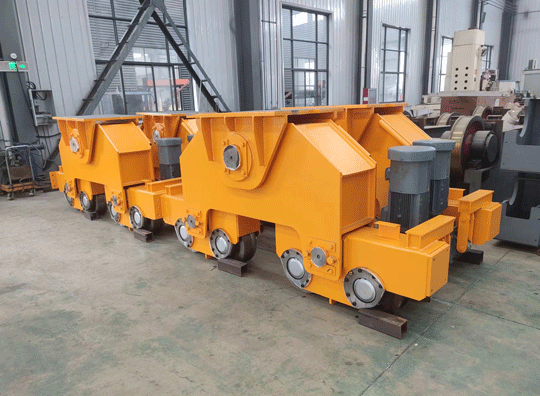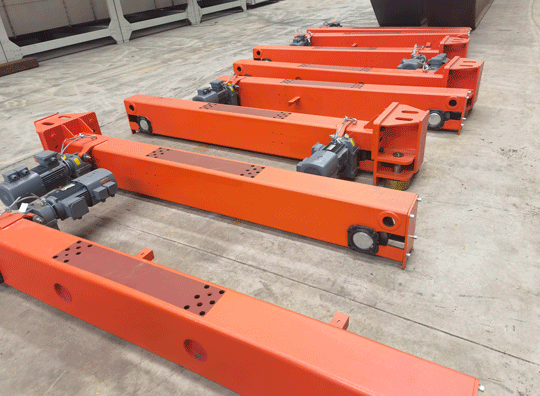Quality control is a critical element in the production of crane bogies. These components play a vital role in ensuring that cranes can move loads safely and efficiently. Proper quality control protocols help to ensure that crane bogies are made to the highest standards and are fit for purpose.
The first step in quality control is to ensure that all materials used in the production process meet the required standards. This includes the steel used to make the bogie frames, as well as the bearings, wheels, and other components. All materials must be checked and verified before they are used to make the bogies.
The manufacturing process itself must also be closely monitored to ensure that all steps are completed correctly. Each bogie must be made to precise specifications, with all parts fitting together securely and working properly. Any errors or defects in the manufacturing process can lead to problems down the line, so quality control is an essential part of the process.
Once the bogies have been manufactured, they must undergo rigorous testing to ensure that they meet the necessary standards. This includes load testing to ensure that they can handle the weight of the loads they will be carrying. They must also be tested for durability and safety, to ensure that they will hold up over time and won’t pose a risk to anyone operating the crane.
Finally, ongoing quality control measures must be put in place to ensure that the crane bogies continue to perform as needed. This includes regular maintenance and inspections to catch any issues before they become serious problems. It also includes ongoing testing to ensure that the bogies remain safe and reliable.


